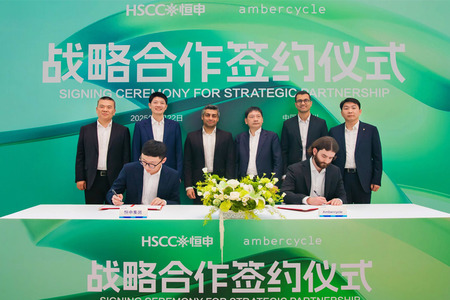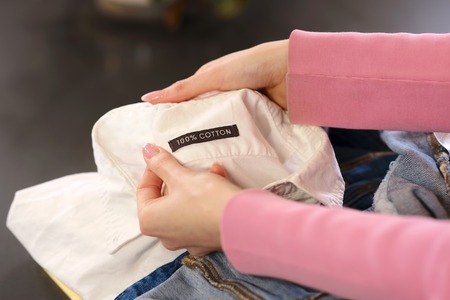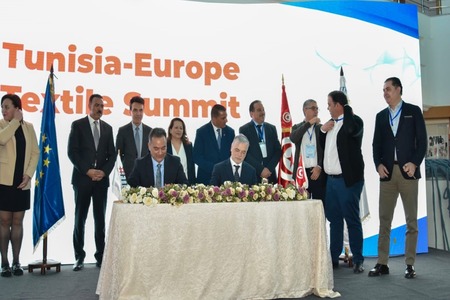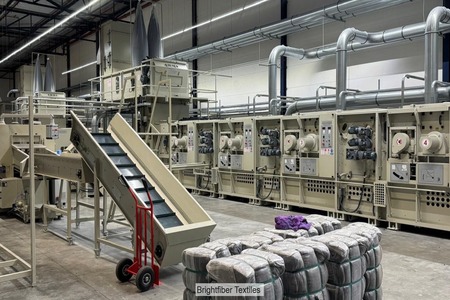
Jute industry in dire need for technology upgrade and modernization
YarnsandFibers News Bureau 2016-04-06 17:00:00 – KolkataThe Jute industry in India due to lack of innovation and diversification is facing biggest bottleneck, as sacking still rules the market and manufacturers shy away from diversification because of the steady orders they procure from rice and wheat producing states and their lack of exposure to the exponentially growing global market for jute diversified products, said Chhabilendra Roul, additional secretary at the agriculture ministry's research and education department.
The Indian jute industry, which is struggling with shrinking production and lack of skilled manpower, is trying to break free of its 'gunny bag' image and take advantage of the global shift toward natural products.
This gap can be bridged with technology. The industry is in dire need for technology upgrade and modernization. Diversification into newer products is also the only way for the sector to thrive in today's world.
However, the quality of fibre is a hindrance for the industry to venture into household accessories and fashionable items that have huge demand abroad, National Jute Board secretary Arvind Kumar said at the event, hosted in collaboration with the National Institute of Research on Jute and Allied Fibre Technology (NIRJAFT).
Sabu Thomas of the Interna tional and Inter University Centre for Nanoscience and Nanotechnology (IIUCNN) and International Unit on Macromolecular Science and Engineering (IUMSE), Kerala said that the creation of composites is a potential area of diversification.
India exports diversified jute products worth about Rs 800 crore every year. They have sufficient resources to take it to Rs 1,600 crore, but it needs entrepreneurial support. Without support from the private sector and greater synergy between the government and entrepreneurs, it is impossible to revive the industry, said OP Prahaladka, director and national convener for the eastern region at the Export Promotion Council for Handicrafts.
According to the Indian Jute Mills Association (IJMA) India shipped around 200,000 tonnes of jute goods abroad, valued at Rs 2,000 crore, in the year ended March 2015. Exports by Bangladesh, in comparison, topped 800,000 tonnes, worth Rs 5,000 crore, during the same period.
Market Intelligence
Ask for free sample Report

experience
Customer Base
dedicated team
Countries Served Worldwide








